Akhilesh Kumar
Applications of Large Language Models in Data Processing: Innovative Approaches to Segmenting and Renewing Information
Nov 27, 2023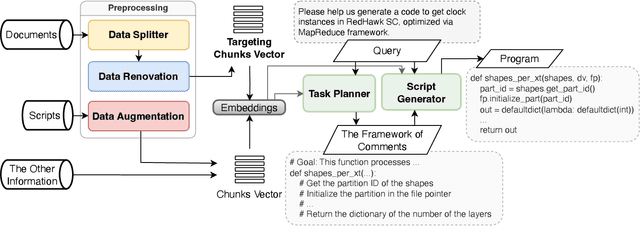
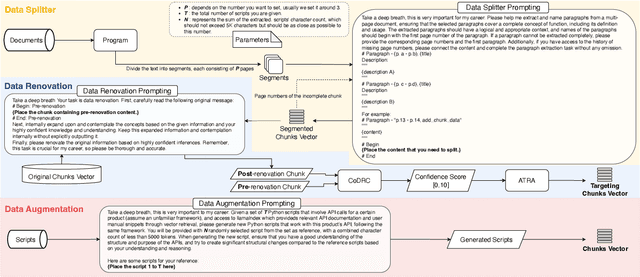
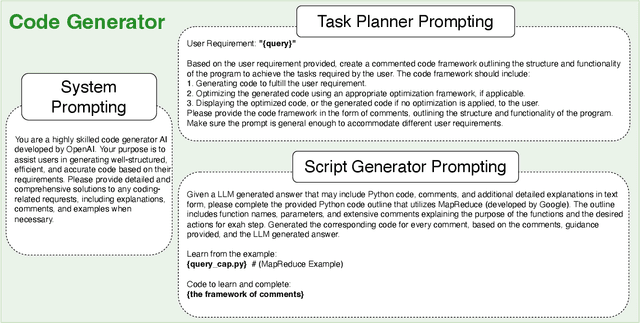
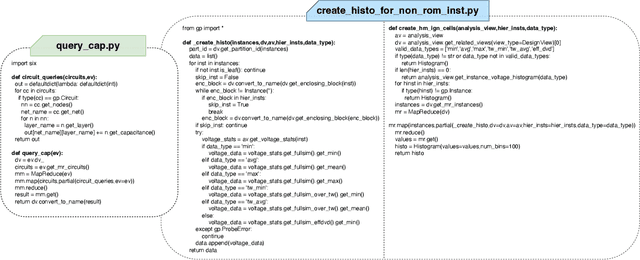
Abstract:Our paper investigates effective methods for code generation in "specific-domain" applications, including the use of Large Language Models (LLMs) for data segmentation and renewal, as well as stimulating deeper thinking in LLMs through prompt adjustments. Using a real company product as an example, we provide user manuals, API documentation, and other data. The ideas discussed in this paper help segment and then convert this data into semantic vectors to better reflect their true positioning. Subsequently, user requirements are transformed into vectors to retrieve the most relevant content, achieving about 70% accuracy in simple to medium-complexity tasks through various prompt techniques. This paper is the first to enhance specific-domain code generation effectiveness from this perspective. Additionally, we experiment with generating more scripts from a limited number using llama2-based fine-tuning to test its effectiveness in professional domain code generation. This is a challenging and promising field, and once achieved, it will not only lead to breakthroughs in LLM development across multiple industries but also enable LLMs to understand and learn any new knowledge effectively.
A Thermal Machine Learning Solver For Chip Simulation
Sep 10, 2022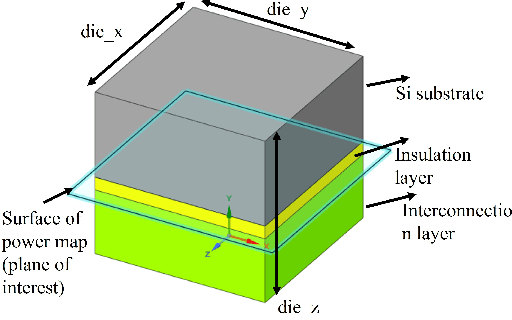
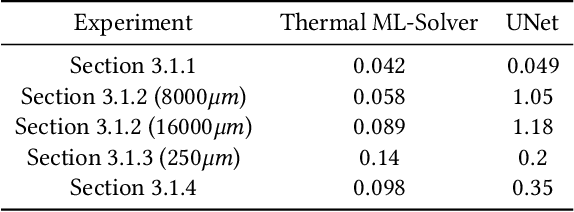
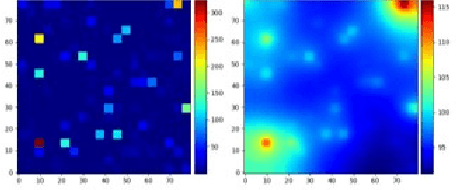
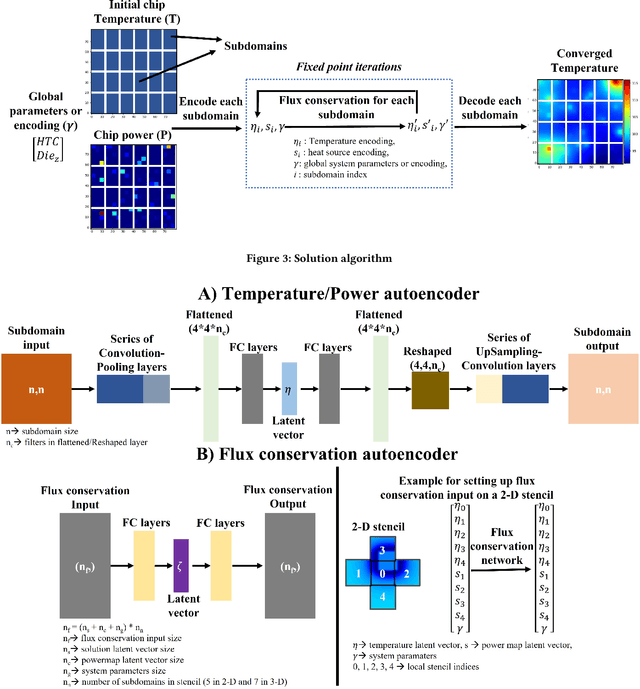
Abstract:Thermal analysis provides deeper insights into electronic chips behavior under different temperature scenarios and enables faster design exploration. However, obtaining detailed and accurate thermal profile on chip is very time-consuming using FEM or CFD. Therefore, there is an urgent need for speeding up the on-chip thermal solution to address various system scenarios. In this paper, we propose a thermal machine-learning (ML) solver to speed-up thermal simulations of chips. The thermal ML-Solver is an extension of the recent novel approach, CoAEMLSim (Composable Autoencoder Machine Learning Simulator) with modifications to the solution algorithm to handle constant and distributed HTC. The proposed method is validated against commercial solvers, such as Ansys MAPDL, as well as a latest ML baseline, UNet, under different scenarios to demonstrate its enhanced accuracy, scalability, and generalizability.
 Add to Chrome
Add to Chrome Add to Firefox
Add to Firefox Add to Edge
Add to Edge